Sunday, October 11 from 10 - 11:30 am at the Rock Springs Public Library
Celebrate the 2015 International Year of Soils by honoring and learning about the soil community locally. Unearth and share stories with local farmers, soil experts about our connection to our foodshed. Celebrate the making of the Soil Quilt and resulting artwork, stories. Light refreshments served. Co-hosted by Sauk/Columbia County Farmers Union. Take the Farm Art D'tour and see the Soil Quilt and other Art and Agriculture/Food highlights following the event.
Unearthing a Soil Quilt square at Autumn Larch Farm. Photo by Jane Hansen
More about the Unearthing of a Soil Quilt:
The United Nations has declared 2015 the International Year of Soil.
To most people, soil is little more than something to keep out of the carpet. The acknowledgement of the importance of soil from such a lofty quarter is therefore undoubtedly a good thing, especially if it may lead to policies which better preserve what is at once a fragile, imperiled planetary organ and the repository of all terrestrial life.
But, as farmers, we thought it was important in this year to let the soil speak for itself.
Each of the cloth panels of this quilt was originally distributed to one of several dozen participants in 8 states who volunteered to bury it for two to three weeks in a spot they considered of particular significance, then to exhume, rinse and return it.
Contributors were also asked to write about, or otherwise document, whatever meaning they derived from the experience. Their communications can be found in the binder in the “soil profile” hole in front of the quilt.
An additional round of participants was then invited to stitch together the individual segments in a series of old-style “bees” during which they were encouraged to ruminate about the importance of soil and/or the meaning of place in their lives.
Meet the artists.
Microorganisms play a central role in fermenting and preserving our foods, of course. But neither could we grow our food, let alone digest it, without them. The 100 trillion bacteria, archaea and fungi present in our digestive tracts are essential to metabolizing the food we eat, just as they are in the ruminants and other animals we use as food stocks.
In plants, rhizobia associated with the roots of leguminous species are famously necessary for fixing nitrogen from the atmosphere into bio-available forms which plants need in order to grow. But thousands of other bacteria along with fungi and protozoa perform the final levels of mastication and processing of once-living material which reduce it to the molecular building blocks that plants – often through the bacterial or fungal communities symbiotic with their roots – can use to produce the foods we and other animals consume.
Why a quilt?
One reason was strategic. The process of hand-work in a “bee” provides a conducive environment for slower, more reflective engagement with others than might otherwise be had in conversation, just as doodling is sometimes employed to more fully absorb what is being said. We hoped this would elicit a richer exchange among participants.
Some associations between quilts and rural life are also obvious. Farmland is often likened to a patchwork quilt when viewed from the air. The homely art of producing quilts was an essential craft in rural areas before the advent of central heating kept sleeping quarters above freezing during the winter. The utility and beauty of a quilt (as with much domestic work) were typically invisible to public view and could easily go unappreciated in the home until one found oneself shivering in bed; that the continued good offices of the soil are the result of constant care and labor by those who work the land might go equally unseen by those unfortunate enough to live in cities.
Additional reasons are more symbolic.
Soil/earth, as archetype, and the quilting-bee/sewing circle, as social space, are both female-associated. The topical matters of the bee were often dismissed as small talk or gossip, even though these universal modes of human discourse have more lately come to be regarded by modern behavioral science as critical tools which allow us to comprehend the motives of those unfamiliar to us, make meaning out of what might otherwise seem repetitive and trivial human narratives, and more successfully understand the nature of power-relations.
That we might now use a similar forum to extemporize on mere “dirt” seems appropriate at a time when science is only beginning to apprehend the complexity and importance of what takes place in the soil.
From the soil to our hands and through our hearts, thank you for your willingness to play in the dirt with us and see what happens when art, biology and curiosity come together. We look forward to seeing you on the 11th!
For details on this event and other happenings related to Fermentation Fest, Farm/Art Dtour October 2 – 11, visit http://fermentationfest.com/





